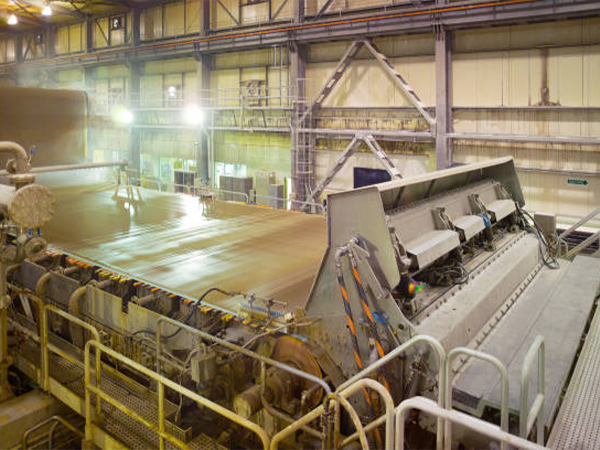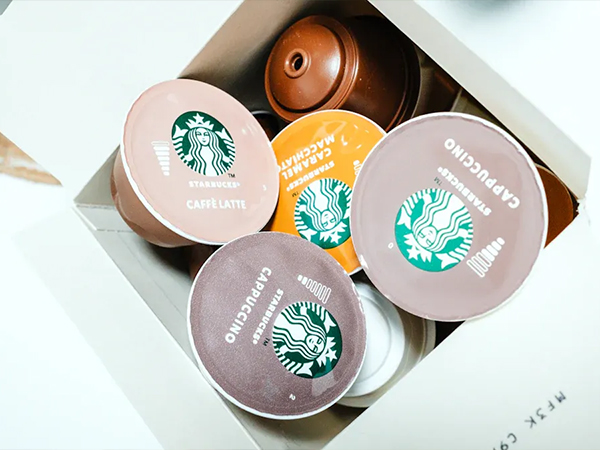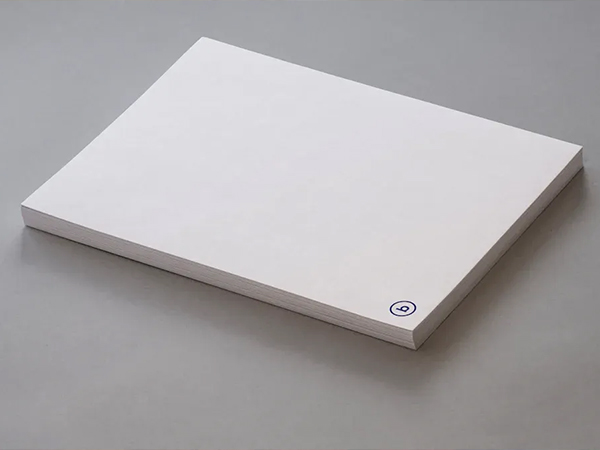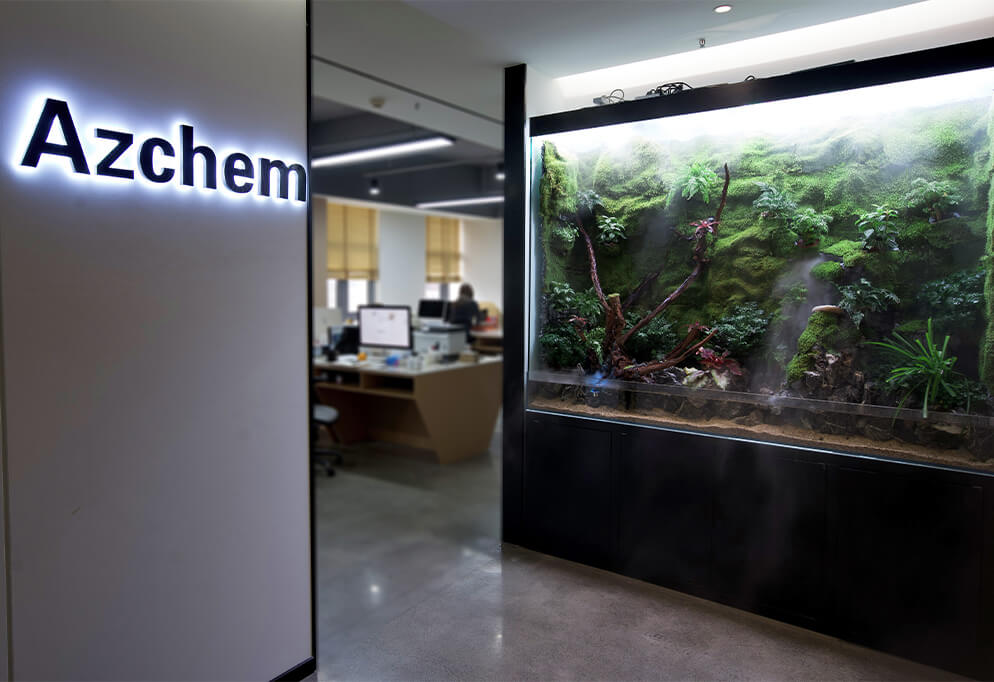
You rely on AKD Sizing to optimize modern alkaline papermaking. This technology allows you to increase machine efficiency and reduce overall production costs. With alkaline processes, you use more calcium carbonate fillers, which lowers material expenses and boosts printability.
AKD Sizing gives you better water resistance and durability, so your paper meets higher standards without frequent maintenance interruptions.
Key Takeaways
- AKD Sizing improves water resistance and durability in paper, making it last longer and perform better.
- Switching to alkaline papermaking with AKD allows for the use of cost-effective fillers, reducing overall production costs.
- Using AKD Sizing lowers machine corrosion, which decreases maintenance costs and extends equipment lifespan.
- AKD Sizing enhances print quality and surface strength, making it ideal for printing and packaging applications.
- Amazon Chemicals offers reliable AKD products and expert support to help optimize your papermaking process.
Introduction: The Shift Toward Alkaline Papermaking
Limitations of acidic sizing systems
You may remember the challenges that acidic sizing systems brought to papermaking. When you relied on alum-rosin chemistry, you faced several operational issues:
- Acidic environments caused cellulose fibers to deteriorate, reducing paper strength and longevity.
- Achieving consistent hydrophobic properties proved difficult, which affected water resistance.
- Retaining sizing materials within the fibers often led to process inefficiencies and unpredictable results.
These limitations forced you to spend more on maintenance and quality control. Acidic systems also restricted your ability to use cost-effective fillers, which increased your production costs and limited your product range.
Why alkaline papermaking became mainstream
You saw the industry shift toward alkaline papermaking as new technologies emerged. The introduction of AKD Sizing allowed you to move away from alum-rosin chemistry and embrace alkaline conditions. Several advancements made this transition possible:
| Technological Advancement | Impact on Alkaline Papermaking |
|---|---|
| Precipitated Calcium Carbonate (PCC) | Improved brightness, opacity, and printability, so you could offer higher quality products. |
| On-site PCC Manufacturing | Lowered transportation and dewatering costs, making alkaline processes more economical for your operation. |
| Modern Papermaking Technology | Enhanced efficiency and simplified the transition, reducing the learning curve for your team. |
Switching to alkaline papermaking improved the quality and longevity of your paper products. You noticed that alkaline treatment increased fiber swelling, which enhanced mechanical properties. Mass deacidification stabilized acidic papers and reduced degradation rates. Deacidified paper with an alkali reserve showed significantly less hydrolytic degradation compared to untreated acidic paper. These improvements allowed you to produce paper that lasts longer and performs better, while also reducing your overall costs.
What Is AKD Sizing?

Chemical structure and reaction mechanism
You work with AKD Sizing because it offers a unique chemical structure that sets it apart from other sizing agents. AKD, or Alkyl Ketene Dimer, features a four-membered oxetan-2-one ring. This ring carries a C12–C16 alkyl group at the 3-position and a C13–C17 alkylidene group at the 4-position. This structure allows AKD to perform efficiently in neutral and alkaline environments.
Here’s a comparison of common sizing agents:
| Sizing Agent | Chemical Structure Description |
|---|---|
| AKD | Four-membered oxetan-2-one ring with long alkyl chains at key positions |
| Rosin | Forms a hydrophobic surface, less effective at higher pH levels |
| ASA | Synthetic agent, reacts rapidly with cellulose for immediate water resistance |
You benefit from AKD’s neutral chemistry, which forms a hydrophobic layer on fiber surfaces. Unlike rosin, which requires acidic conditions, AKD works well in alkaline systems. ASA also provides water resistance, but it reacts faster than AKD.
When AKD reacts with cellulose, it forms β-keto ester bonds. You can identify this reaction by specific absorption bands in infrared spectroscopy:
| Absorption Band (cm−1) | Description |
|---|---|
| 1735 | Formation of β-keto ester between AKD and cellulose |
| 1710 | Covalent bonding with cellulose surface |
| 1467 | -CH- stretching of alkyl chains |
| 720 | Deformation vibrations of alkyl chains |
How AKD interacts with cellulose fibers
You notice that AKD does not completely wet cellulose fibers during the sizing process. Instead, AKD spreads through capillary wicking and surface diffusion. This behavior allows AKD molecules to move efficiently across the fiber surface, even though the melting point of AKD in a monolayer is lower than in bulk form.
- AKD molecules orient themselves on the cellulose surface.
- Physisorbed AKD still imparts water resistance, even without significant esterification.
- The molecular orientation plays a key role in the sizing effect.
Tip: You achieve optimal sizing by controlling the distribution and orientation of AKD on the fiber surface, rather than relying solely on chemical reactions.
You rely on AKD Sizing to create a hydrophobic barrier, which improves water resistance and durability in your paper products. This interaction at the molecular level ensures consistent performance in alkaline papermaking.
Advantages of AKD Sizing in Alkaline Systems
Cost savings from filler compatibility (e.g., calcium carbonate)
You gain significant cost savings when you use AKD Sizing in alkaline papermaking. This technology allows you to add higher amounts of fillers, such as calcium carbonate, without sacrificing paper quality. Fillers like ground calcium carbonate (GCC) and precipitated calcium carbonate (PCC) help you reduce fiber usage and lower raw material costs. The following table shows how AKD Sizing maintains high retention rates with these fillers:
| Filler Type | AKD-I Retention Rate | AKD-II Retention Rate |
|---|---|---|
| GCC | 51.5% | 50.4% |
| PCC | 51.5% | 50.4% |
You can increase filler loading and still produce strong, printable paper. This compatibility leads to direct savings and supports your efforts to optimize production costs.
Improved durability and water resistance
You improve the durability and water resistance of your paper products by choosing AKD Sizing. This agent forms chemical bonds with cellulose fibers, creating a hydrophobic layer that blocks liquid penetration. You benefit from the following features:
- AKD bonds with cellulose, enhancing water resistance.
- β-keto ester linkages boost durability against liquids.
- AKD’s slower reaction time ensures long-term water resistance, unlike ASA, which may lose effectiveness over time.
You can measure these improvements using standardized tests. The TAPPI/ANSI T 530 om-24 method helps you assess the resistance of paper to water permeation:
| Test Method | Description |
|---|---|
| TAPPI/ANSI T 530 om-24 | Measures how well paper resists water penetration. Suitable for most sized papers except those with strong water barriers like polyethylene. |
You achieve consistent quality and meet demanding performance standards with AKD Sizing.
Lower machine corrosion and maintenance costs
You notice less corrosion on your paper machines when you switch to alkaline AKD Sizing. This change protects your equipment and reduces maintenance needs.
Alkaline papermaking has several advantages, including less corrosion on the paper machine, which suggests a potential reduction in corrosion rates when switching from acidic to alkaline AKD sizing.
You operate in a neutral pH environment, which helps you minimize machinery wear and extend equipment lifespan. Maintenance costs drop because you avoid the harsh conditions caused by acidic sizing agents. You spend less on repairs and replacements, allowing you to focus on production efficiency.
Applications Across Paper Grades

Printing & writing papers
You see clear benefits when you use AKD Sizing in printing and writing papers. This sizing agent improves both water resistance and surface strength, which helps your paper perform better during high-speed printing. You also notice enhanced print quality and smoother runnability. These improvements matter most when you need consistent results for books, magazines, and office papers.
- You achieve excellent water and ink resistance, so your documents last longer.
- AKD Sizing allows for more uniform ink and varnish application, which boosts print clarity.
- The controlled surface created by AKD increases gloss and gives your paper a premium look.
Tip: When you use AKD Sizing, you support the performance of both cultural and packaging papers, making your production line more versatile.
Packaging boards
You rely on packaging boards to protect goods and display branding. AKD Sizing helps you meet these demands by forming a hydrophobic layer that prevents ink from spreading. This ensures sharp print resolution and vibrant graphics. You also benefit from improved dry strength, which makes your packaging more resistant to tearing and easier to handle.
- AKD Sizing enhances durability and moisture resistance, which is crucial for packaging exposed to challenging environments.
- You maintain the structure and rigidity of your boards, even with high filler content.
- The market for AKD Sizing in packaging boards continues to grow, driven by the demand for sustainable and eco-friendly packaging. In regions like Asia-Pacific, you see rapid adoption due to increased pulp and paper production and new technology that improves application efficiency.
Food packaging papers
You must meet strict safety standards when producing food packaging papers. AKD Sizing helps you comply with regulations in both Europe and the United States:
| Region | Regulatory Body | Regulation Details |
|---|---|---|
| Europe | BfR | AKD is permitted as a sizing agent in food contact paper, with a maximum transfer limit of 5 mg/kg food. |
| United States | FDA | Alkyl ketene dimers are allowed, provided they do not exceed 0.4% by weight in paper and paperboard. |
You gain several advantages by choosing AKD Sizing for food packaging:
- Enhanced resistance to water and oils, which keeps food safe and packaging intact.
- Improved moisture resistance, so your packaging maintains its strength and integrity during storage and transport.
Note: AKD Sizing gives you a reliable solution for food-safe, high-performance packaging that meets global standards.
Amazon Chemicals’ AKD Portfolio
Reliable supply & tailored solutions
You expect reliability and flexibility when choosing a supplier for AKD Sizing. Amazon Chemicals delivers both through a robust product portfolio and a commitment to customization. The company offers a wide range of AKD products, including high polymer emulsifiers and surface sizing agents. You benefit from a production capacity of 35,000 metric tons annually, which ensures consistent supply for your operations. Quality assurance remains a top priority, with certifications from SGS, ISO9001, and NSF. You also receive tailored solutions that match your specific papermaking requirements. Unlike many competitors, Amazon Chemicals emphasizes superior customer service and customization options.
| Feature | Amazon Chemicals | Competitors |
|---|---|---|
| Product Range | AKD High Polymer Emulsifier, Surface Sizing Agents | Varies |
| Production Capacity | 35,000 MT annually for AKD | Generally lower |
| Quality Assurance | Certified by SGS, ISO9001, NSF | Varies |
| Customization Capabilities | Emphasizes superior customer service and customization | Limited options |
You gain peace of mind knowing your supply chain remains secure and your product specifications are met with precision.
Technical expertise and customer support
You rely on expert guidance to maximize the benefits of AKD Sizing in your papermaking process. Amazon Chemicals provides technical support, helping you use chemicals correctly and optimize your results. The company’s specialists work with you to solve challenges and improve efficiency.
You receive ongoing support and access to innovative solutions that keep your production competitive. Amazon Chemicals stands out as a partner that invests in your success and adapts to your evolving needs.
Ready to Improve Your Mill’s Efficiency with AKD?
You have seen how AKD Sizing transforms your papermaking process. This technology lets you move away from outdated acidic systems and embrace alkaline conditions. You gain stronger, longer-lasting paper and reduce your production costs. You also protect your equipment and improve your environmental footprint.
Consider these key advantages:
- You increase machine efficiency and reduce downtime.
- You use more cost-effective fillers, which lowers your raw material expenses.
- You produce paper with better printability and durability.
- You meet strict regulatory standards for food packaging and other sensitive applications.
When you choose AKD Sizing, you invest in a solution that supports both your business goals and sustainability initiatives.
You can rely on Amazon Chemicals for a steady supply and expert support. Their tailored AKD solutions help you optimize every step of your process. You get access to technical expertise that keeps you competitive in a fast-changing industry.
Ready to improve your papermaking operation? Reach out to Amazon Chemicals today. You can request a product sample, schedule a technical consultation, or ask for a customized solution. Take the next step toward higher efficiency and lower costs.
You have seen how AKD Sizing has reshaped alkaline papermaking by lowering costs and improving product quality.
The use of hydrophobic copolymers with starch at the size press can enhance the printing characteristics of paper and reduce dust contamination in printing presses. Additionally, these additives can improve the hydrophobicity and surface strength of paper, which is crucial for achieving high print quality while controlling ink absorption and minimizing material costs.
AKD Sizing supports sustainability by operating in neutral pH, reducing chemical use, and enabling higher recycled content. You can overcome adoption barriers by optimizing retention, curing, and filler strategies:
| Barrier | Strategy |
|---|---|
| Retention of sizing agent | Add AKD at various points in the system to enhance retention, such as the machine chest outlet. |
| Curing of AKD | Use carbonate alkalinity to favor curing while managing calcium carbonate levels. |
| Impact of mineral fillers | Separate addition points of fillers and sizing agents to minimize temporary sizing issues. |
Consider these expert recommendations as you plan your next steps:
- Transform your process with bio-based sizing agents.
- Adapt to regulatory changes for compliance.
- Use digital tools for efficiency.
- Tailor your approach to market needs.
You can lead your mill toward greater efficiency and sustainability by choosing AKD Sizing.
FAQ
What is the main benefit of AKD Sizing in alkaline papermaking?
You gain better water resistance and durability. AKD Sizing lets you use more calcium carbonate fillers, which lowers your costs and improves print quality. You also reduce machine corrosion and maintenance needs.
Can you use AKD Sizing with recycled fibers?
You can apply AKD Sizing to recycled fibers. This process helps you maintain paper strength and water resistance, even when you increase recycled content. You support sustainability without sacrificing product quality.
How does AKD Sizing affect machine maintenance?
You operate in a neutral pH environment with AKD Sizing. This reduces corrosion and wear on your equipment. You spend less time and money on repairs, which increases your overall production efficiency.
Is AKD Sizing safe for food packaging applications?
AKD Sizing meets strict safety standards set by the FDA and BfR. You can use it for food contact papers, provided you follow regulatory limits. This ensures your packaging remains safe and compliant.
What is the recommended way to optimize AKD retention?
| Tip | Description |
|---|---|
| Add at right point | Introduce AKD at the machine chest outlet |
| Control curing | Use carbonate alkalinity for better curing |
| Separate fillers | Add fillers and AKD at different system points |
You improve retention and sizing performance by following these strategies.






